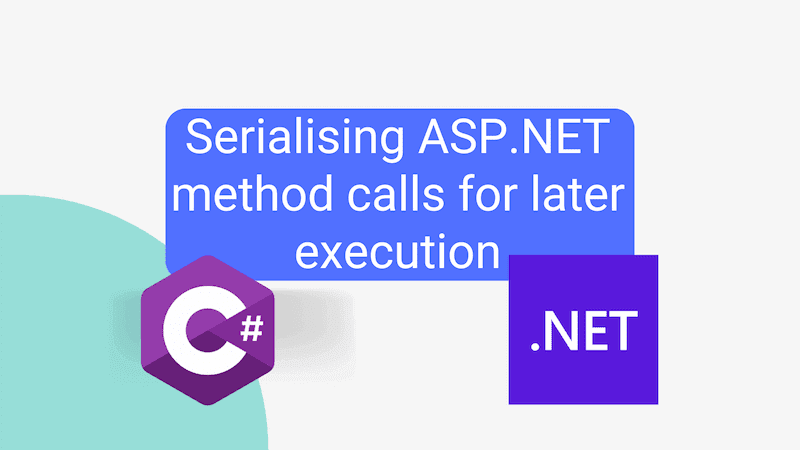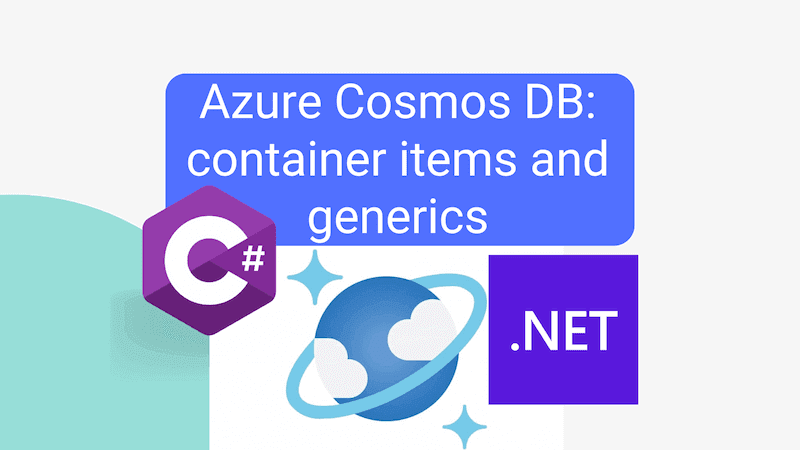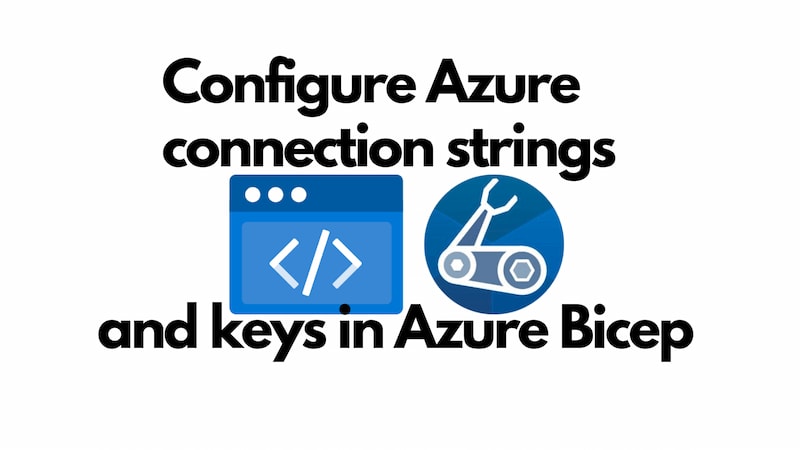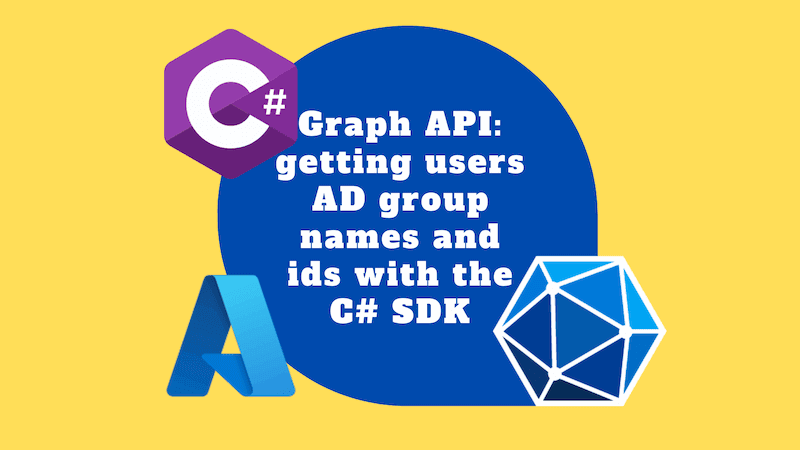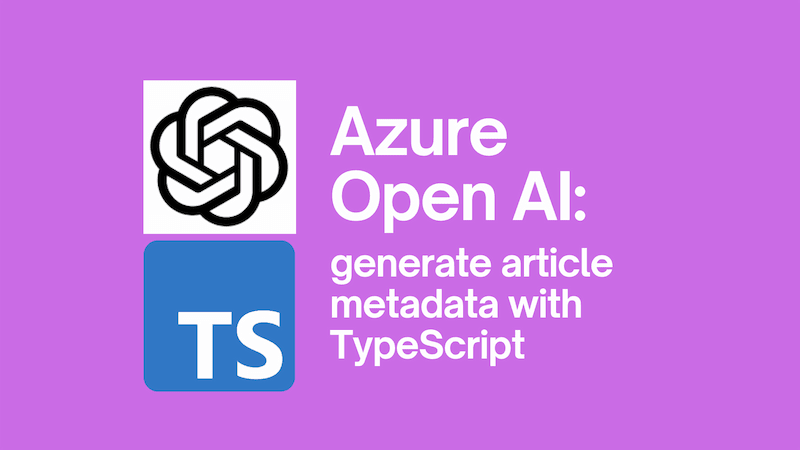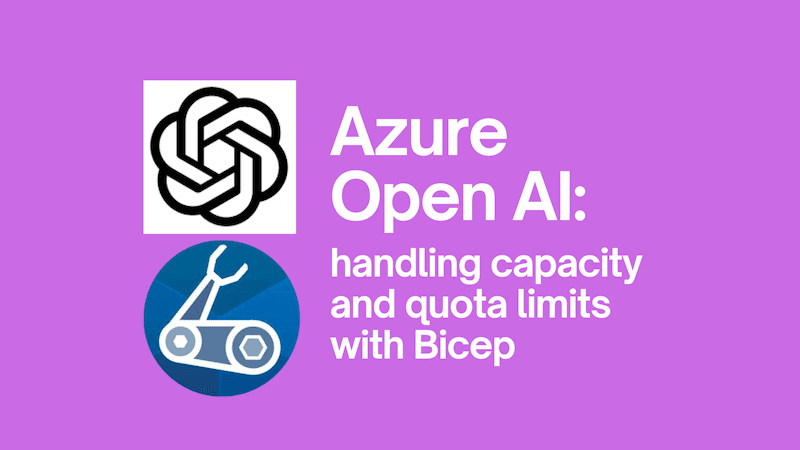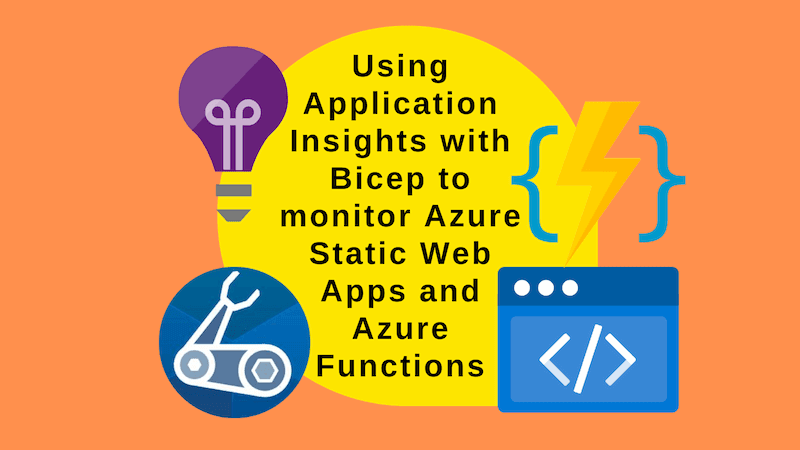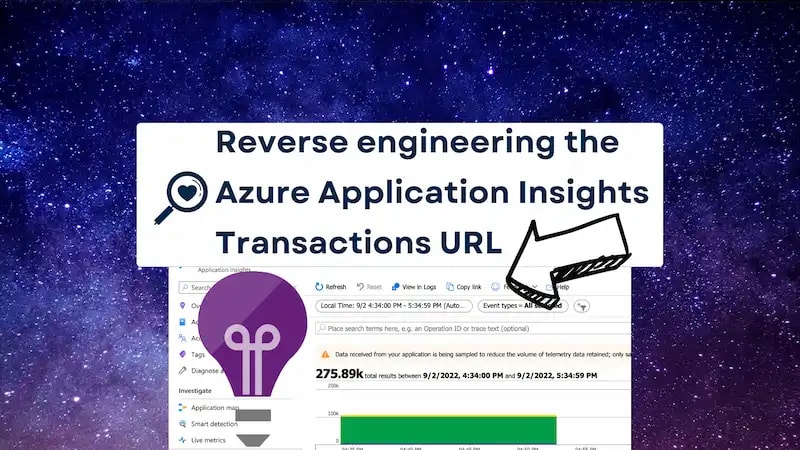Keeping front end and back end in sync with NSwag generated clients
For many years I've been a big fan of using NSwag to generate TypeScript and CSharp clients for APIs. I've written about it before in Generate TypeScript and CSharp clients with NSwag.
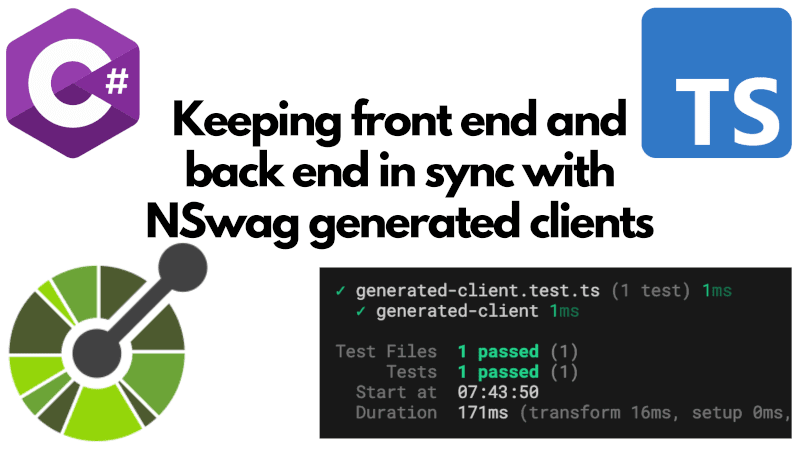
You're likely aware of the popularity of excellent projects like tRPC which provide a way to use TypeScript end-to-end. However, if you're working in a polyglot environment where your back end is written in C# or [insert other language here], and your front end is written in TypeScript, then cannot take advantage of that. However, by generating front end clients from a server's OpenAPI specs, it's possible to have integration tests that check your front end and your back end are aligned.
This post will show you how to do that using NSwag.




